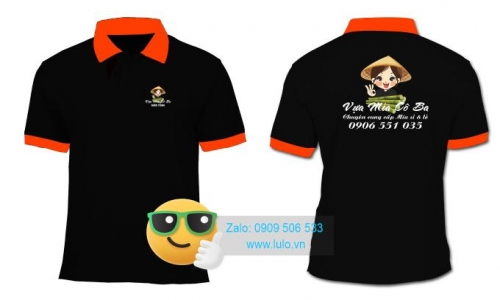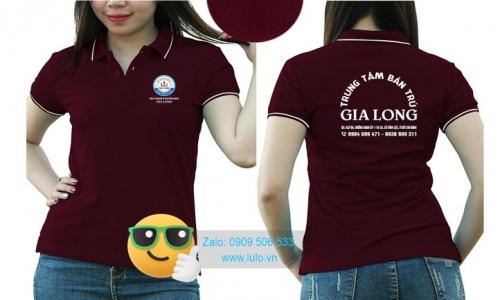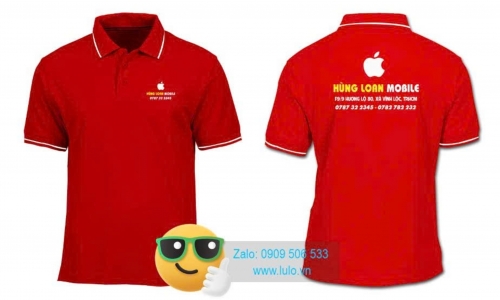What we share
Investing in Branding is Investing in Sustainable Value
In the era of digital economy and fierce competition, a strong brand not only helps businesses survive but also enables sustainable growth. Investing in branding is not just about creating an attractive image in the business landscape; it is about investing in long-term value. So, what is a brand? It has been defined in many ways, from academic perspectives to practical insights. But perhaps the most memorable and heartfelt definition is: "A brand is something people love." So, how can you make your brand something people love? Let's analyze this further with Lulo T-shirts.
A brand is not just a logo, slogan, or color scheme; it represents the values and unique identity of a business. When a business builds its brand systematically, customers will remember and stay loyal. It would be a mistake to overlook elements such as slogans and logos because they play a crucial role in establishing a strong brand. While product quality takes time for customers to appreciate, brand imagery is something they can perceive instantly. A product or service statement may require time to prove its worth, but at the very least, customers should recognize your brand from the moment they interact with it.
Communicating a message—easy or difficult? It can be both. However, ensuring that your message is consistently spread and visible is key. This is where branding materials, or what we call the "brand identity system," come into play. A branded pen, a roll of tape with a logo and slogan, a uniform T-shirt bearing the company name—these are simple, cost-effective, and highly professional ways to deliver a brand message quickly and effectively.
When a brand is properly invested in, it brings long-term benefits:
If you sell a product under an unknown or unloved brand, it will undoubtedly be harder to sell, leading to increased debts, longer payment terms, and additional promotional efforts. However, if you own a brand that is well-loved, customers may even line up to purchase from you. This makes business operations smoother and selling more effortless. As a business owner, this is what we always strive for. Nowadays, more and more companies understand the power of a well-recognized brand with real market value.
There are many more factors, but these three are fundamental for any business aiming to build a strong brand. If you have already invested in a comprehensive brand identity system, from uniform T-shirts to customer service and product quality, regular assessment and adjustments are necessary. Branding is not a one-time effort; it requires continuous reinforcement.
You can't have employees wear green T-shirts today and red ones tomorrow—it becomes difficult for customers to recognize who represents your business. Branding investment requires careful consideration, as it demands significant and ongoing resources. If your budget is limited, consider working with suppliers who offer flexible quantities and pricing to ensure your branding efforts remain sustainable.
A successful business is not only defined by good products but also by a strong brand. Investing in branding is a long-term strategy that helps businesses not just survive but thrive sustainably. Globally, there are thousands of brands valued far beyond their actual corporate assets. For instance, the Coca-Cola brand alone is worth many times more than its tangible business assets. This illustrates that branding investments are not meaningless; in fact, they are incredibly meaningful and worth dedicating financial and physical resources to.
Remember, a brand is not just what you say about yourself; it’s what customers say about you!
Others



